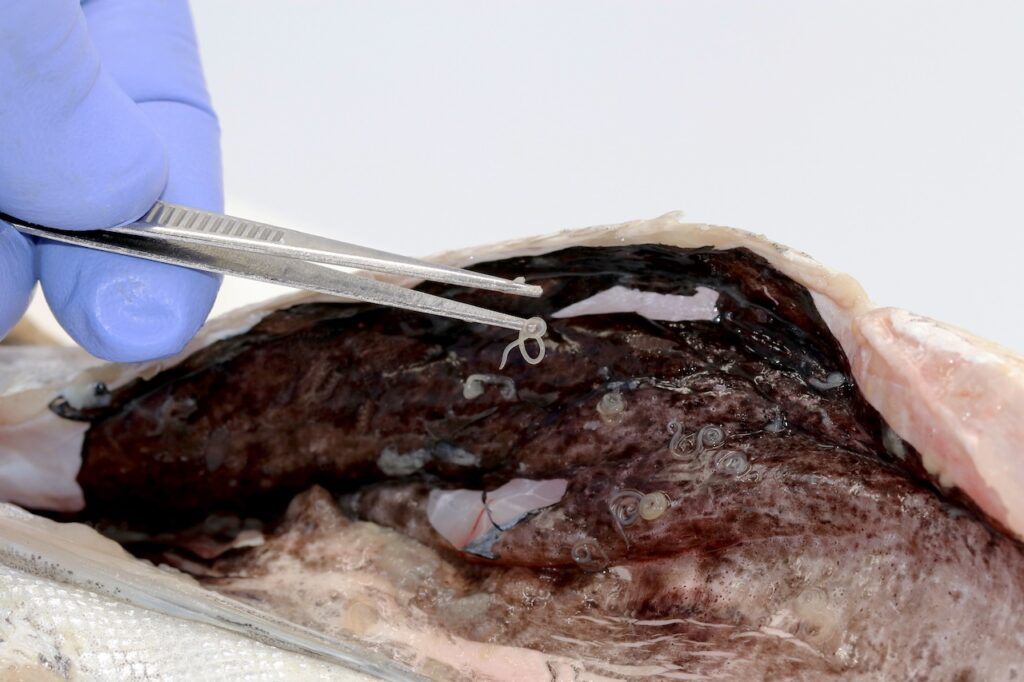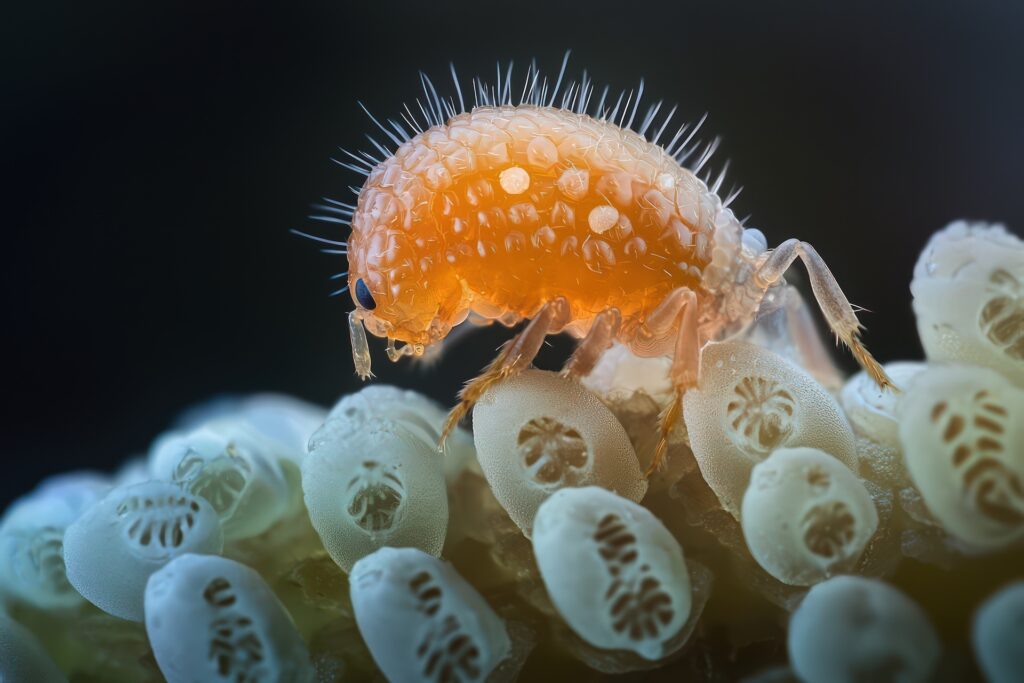Flukes are a common yet often overlooked problem in both freshwater and saltwater aquariums. These tiny parasites can cause serious health issues for fish if not identified and treated promptly. Here’s a comprehensive guide to help you understand, identify, and effectively treat aquarium flukes to maintain a healthy aquatic environment.
1. What Are Aquarium Flukes?
Flukes are parasitic flatworms belonging to the class Trematoda. They are microscopic and primarily inhabit fish gills, fins, and skin. The most common types affecting aquariums are gill flukes (Dactylogyrus) and skin flukes (Gyrodactylus). These parasites feed on the tissues of fish, leading to irritation, weakened immune systems, and, in severe cases, death if untreated.
2. Symptoms of Flukes in Aquarium Fish
Identifying flukes can be challenging since their symptoms can resemble other common diseases. However, the following signs can indicate a fluke infestation:
- Respiratory Distress: Fish with gill flukes may gasp at the surface or breathe heavily.
- Rubbing Against Objects: Fish may rub against surfaces to relieve itching.
- Loss of Color and Appetite: Affected fish may lose their vibrant colors and stop eating.
- Reddened or Inflamed Gills: Look for signs of swelling or redness around the gill area.
- Clamped Fins: Fish may keep their fins close to their bodies, indicating discomfort.
- Lethargy and Isolation: Infected fish may become less active and isolate themselves.
3. Diagnosing Aquarium Flukes
To confirm a fluke infestation:
- Observe Behavior: Fish gasping, flashing, or showing other symptoms may be infested.
- Visual Inspection: With a magnifying glass, you may see tiny translucent or white worms on fish skin or gills.
- Microscopic Examination: If possible, scraping a sample from affected areas and examining it under a microscope can reveal flukes. This step is often done by professionals or aquarists with experience.
4. Effective Treatment Options for Flukes
Several methods are effective for treating flukes, depending on the severity of the infestation and the type of aquarium. Always follow dosing instructions closely, as overuse of certain medications can harm your fish and the aquarium environment.
A. Chemical Treatments
- Praziquantel
- Praziquantel is the most effective medication for treating flukes, especially gill and skin flukes.
- It’s safe for most fish species and can be found in various over-the-counter treatments.
- Follow dosing instructions carefully, as overdosing can stress or harm fish.
- Formalin
- Formalin is effective against both flukes and other parasites, such as Ich.
- It’s best used in a quarantine tank due to its potency and potential harm to the biological filtration in a main tank.
- Copper Treatments
- Copper-based medications are commonly used for parasite treatment, though less effective specifically for flukes.
- Copper should be avoided in tanks with invertebrates, as it is toxic to them.
- Potassium Permanganate
- Potassium permanganate is another option, though it should only be used in isolated cases.
- It’s effective but can cause oxygen depletion in the water, so use with caution and ensure adequate aeration.
B. Non-Chemical Treatments
- Salt Baths
- Salt baths or dips (1-3% salt concentration) can help dislodge flukes from the skin and gills.
- Salt treatments are safe for most freshwater fish but should be used with caution for salt-sensitive species like African cichlids.
- Increased Temperature
- Gradually increasing the water temperature by a few degrees can speed up the life cycle of some fluke species, making them more susceptible to treatment.
- Be careful not to raise the temperature too much, as it can stress fish and disrupt the aquarium environment.
5. Treatment Protocols by Aquarium Type
Freshwater Tanks
- Use Praziquantel-based treatments for most cases.
- Potassium permanganate can be applied but must be done carefully due to its strong oxidizing properties.
- Ensure water changes during treatment to maintain water quality.
Saltwater Tanks
- Praziquantel is often safe but requires careful dosing.
- Avoid copper-based treatments if you have invertebrates.
- For mild infestations, freshwater dips are beneficial.
6. Preventing Flukes in Your Aquarium
- Quarantine New Fish: Quarantining new fish for 2-4 weeks can prevent introducing flukes.
- Avoid Overcrowding: High-stress environments make fish more susceptible to parasites.
- Maintain Water Quality: High-quality water with stable parameters strengthens fish immune systems.
- Regular Observations: Monitor fish regularly for signs of unusual behavior or discomfort.
7. Common Mistakes to Avoid When Treating Flukes
- Not Completing Treatment: Incomplete treatment can allow flukes to re-infest.
- Overusing Medication: Avoid overdosing or unnecessary medications, as they can harm fish and beneficial bacteria.
- Skipping Quarantine: Quarantine all new arrivals to prevent introducing flukes and other parasites.
8. Long-Term Health and Recovery
After treatment, fish may need time to regain their strength. Offering a balanced diet and maintaining water quality are key to their full recovery. Additionally, regular water changes and testing can keep the aquarium environment stable and free from parasite outbreaks.
Conclusion
Identifying and treating aquarium flukes early can save your fish from serious health problems. A keen eye on fish behavior and regular tank maintenance can go a long way in preventing fluke infestations. By following these treatment and prevention strategies, you can maintain a healthy, fluke-free aquarium environment.
![]()




